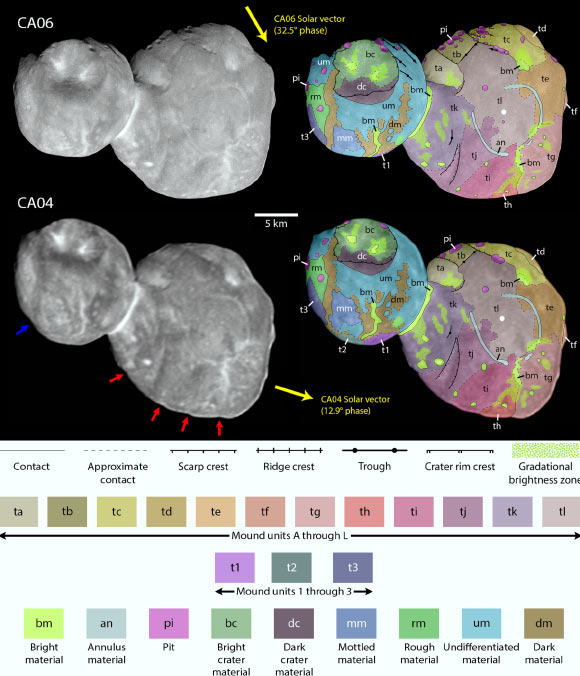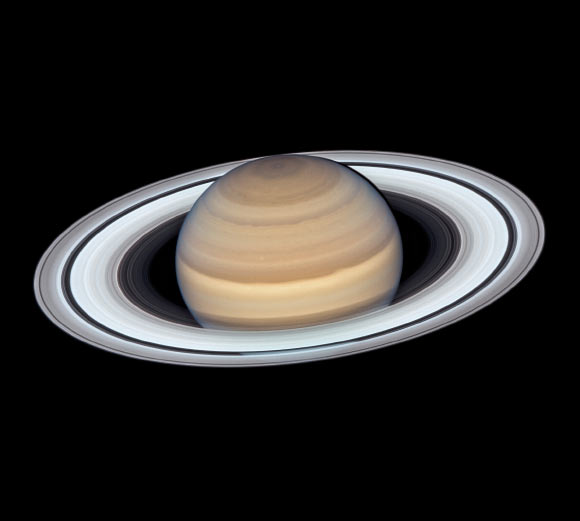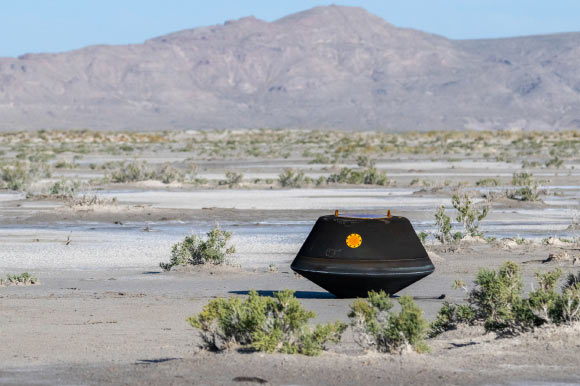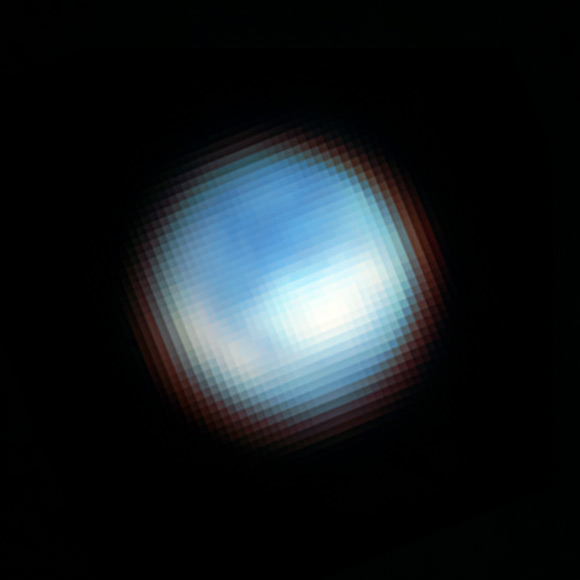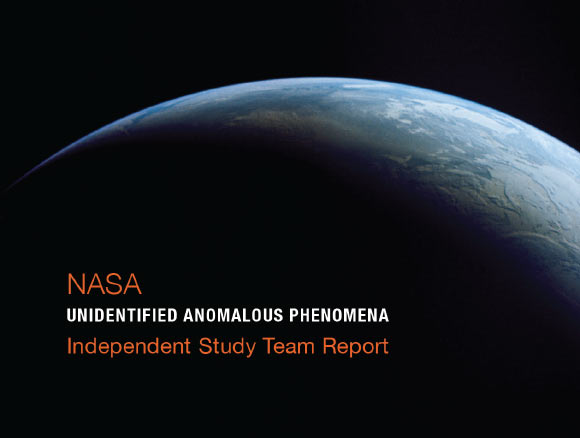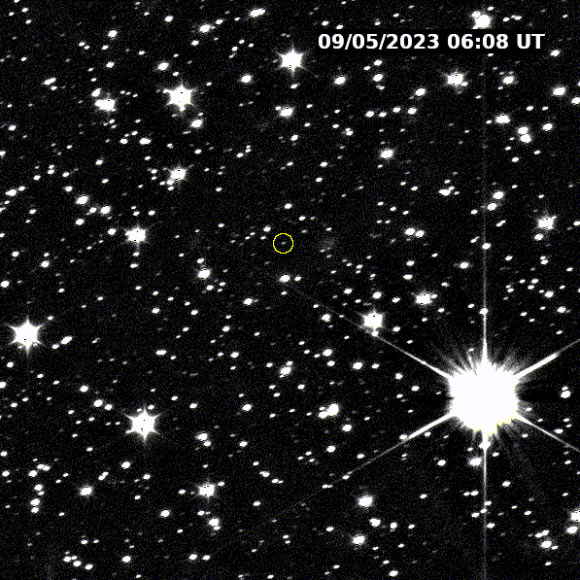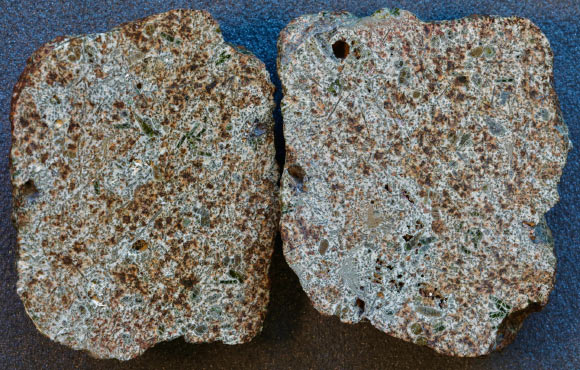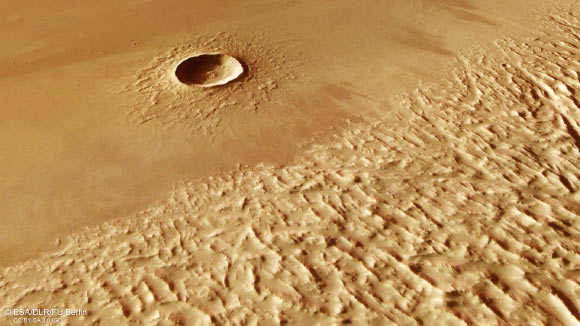Kuiper Belt Object Arrokoth’s Large Mounds Have Common Origin, New Study Suggests
The 5-km-long mounds that dominate the appearance of the larger lobe of Kuiper Belt object (486958) Arrokoth are similar enough to suggest a common origin, according to new research. New…


